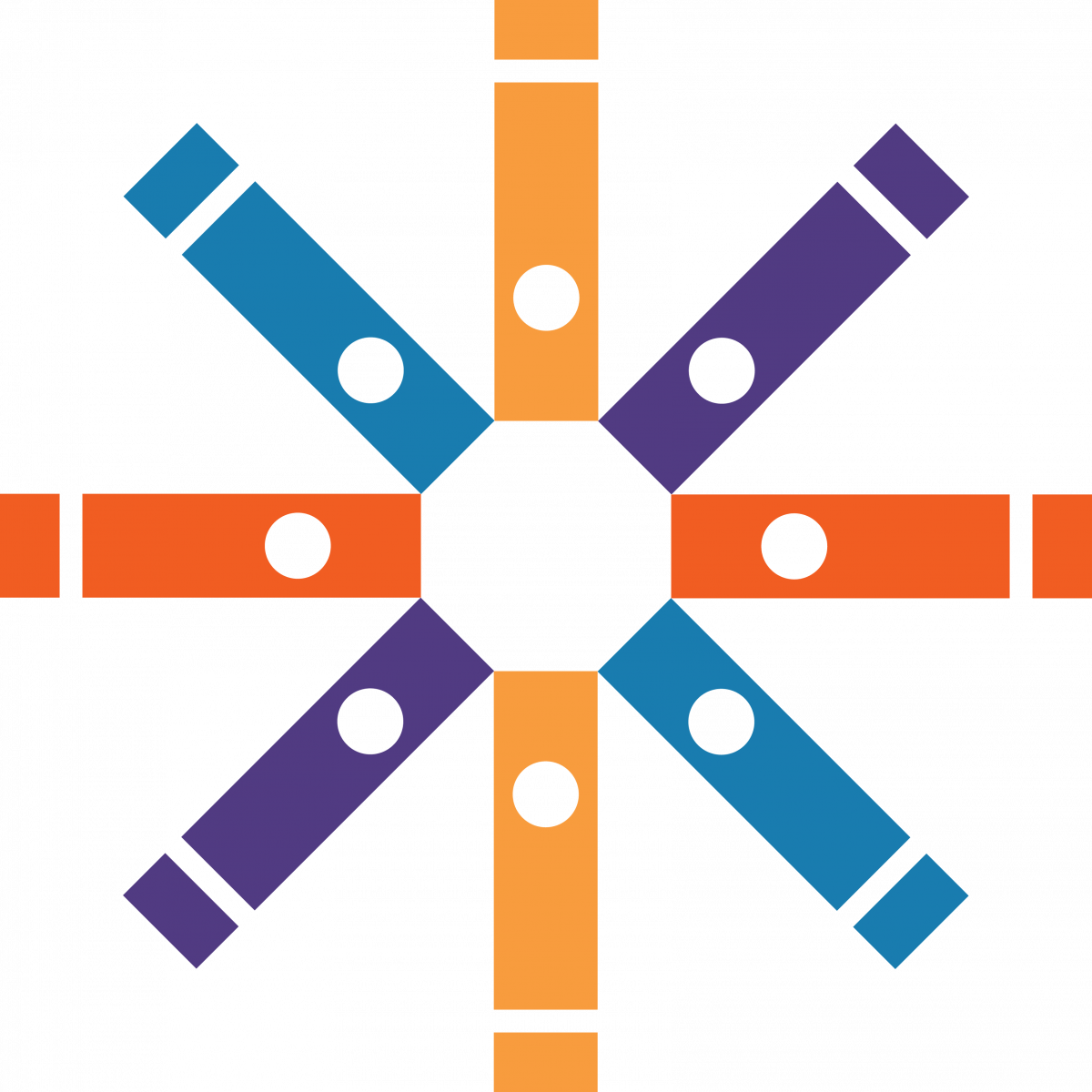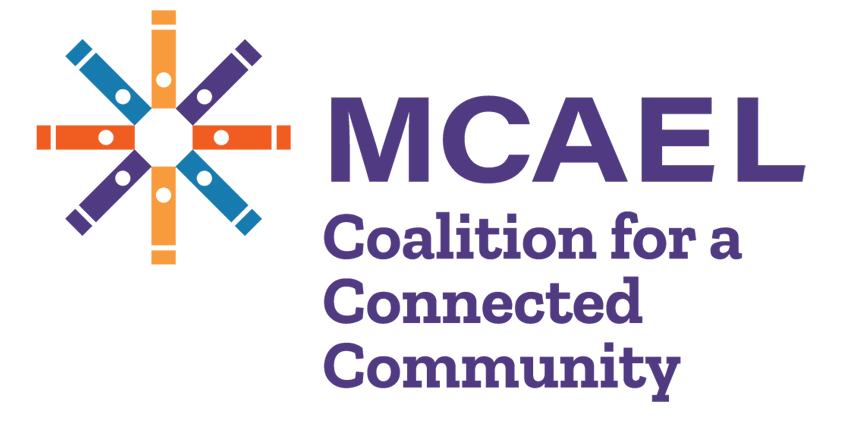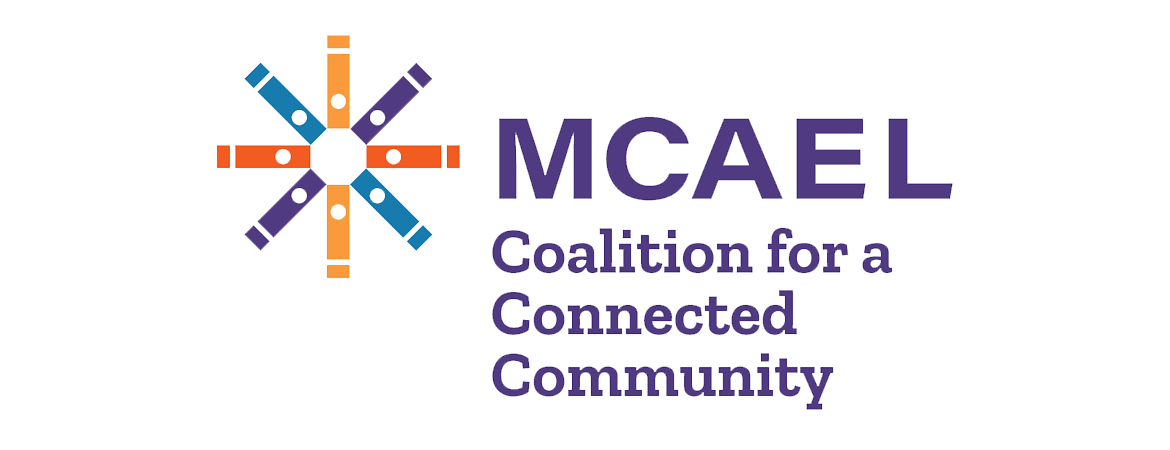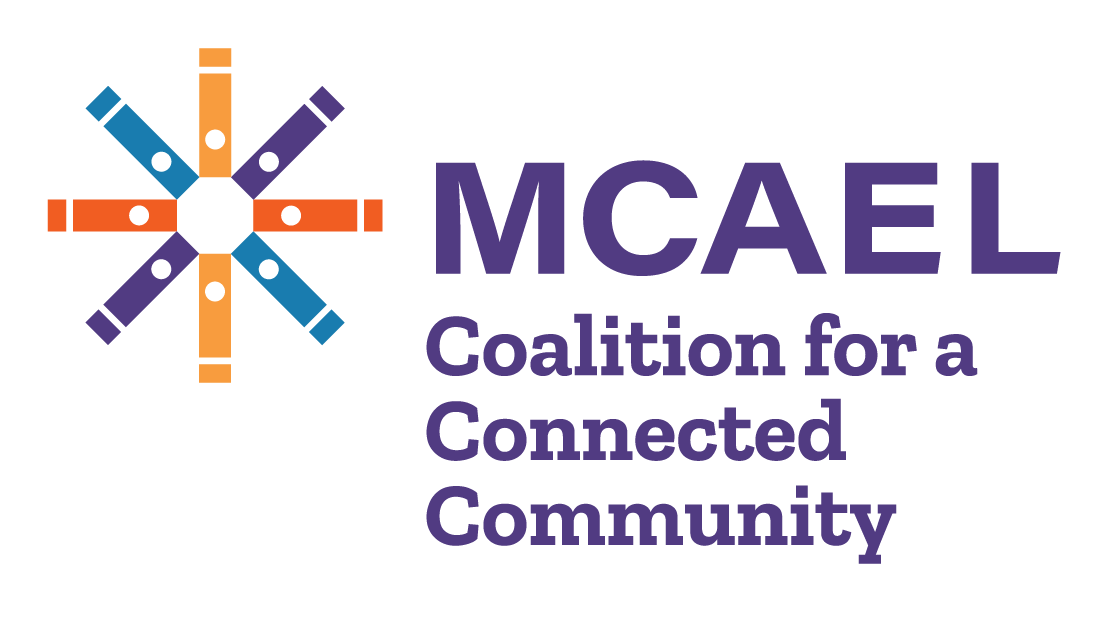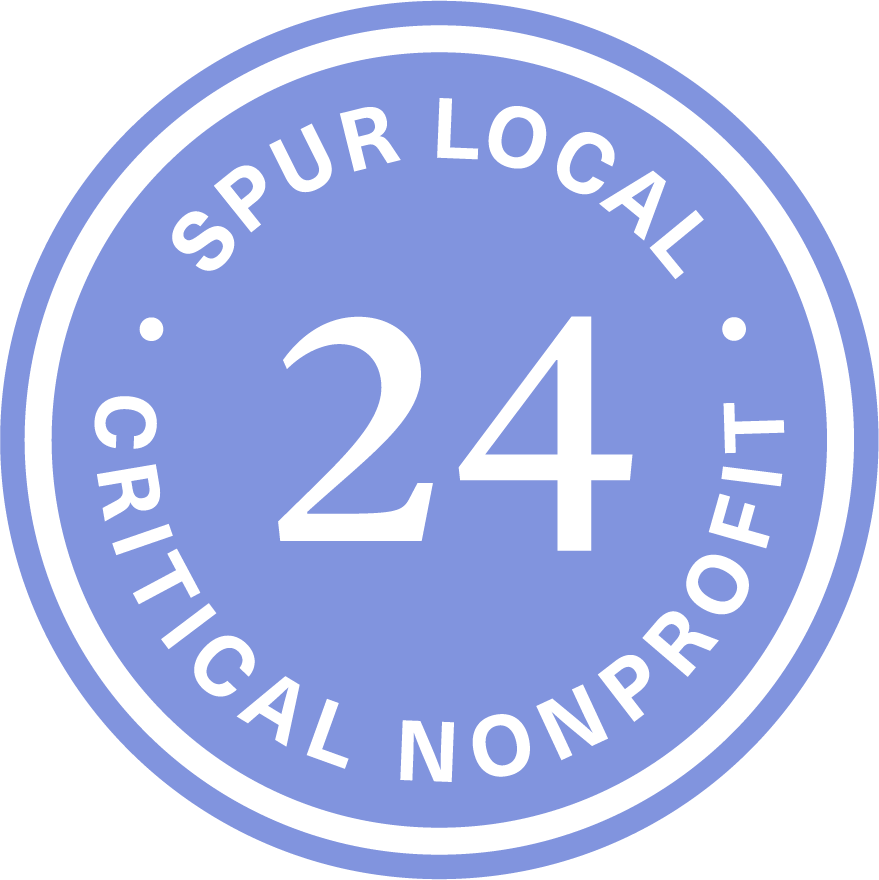- Kathy Stevens
Executive Director, MCAEL
10/26/2020
I’ve been thinking about the digital divide a lot in recent months. You hear the phrase a lot, but what actually is it, what do our community members need, and is there coordinated effort to meet those needs.
A useful framework that I am using addresses three areas of the digital divide that I see here in Montgomery County. I believe there is much work to be done in all areas. The bottom-line goal for me, and the work of MCAEL is that we create a coordinated pathway to digital equity for all families.
Three Digital Divides - Are all households able to optimize their online access?
Reliable, Affordable Internet Access – This is the starting point. Ensuring that families have consistent and sustainable internet connections is key. If a family does not have affordable access with quality service upon which they can rely, they have no access to school, work, support services and health care.
Equipment to support all household members – Does a household have equipment (computer/ tablet) with which they can log on to online services in an optimal manner? Many households share one computer or rely on smart phones. So, even if they have internet access in the home, one can’t optimize appointments or classes via a smart phone.
Digital literacy skills
– Assuming a household has access and equipment, the next question is whether one has the skills necessary to use the computer – to log on, to access a Zoom call, to research unemployment filing instructions, etc. Training on these skills and then using them is imperative to optimize the use of online tools.
These three areas are critical to a family’s success in using the virtual world for school, work, and other vital services.
Additionally, it is imperative to consider two other areas: 1) Does a person have a private (or semi-private) space in which to have an online job interview or medical appointment? 2) How are we supporting nonprofits who are now providing their core services PLUS assistance to clients to acquire internet, computers and training them on the spot with digital skills.
While many businesses, nonprofits, schools and service providers have moved to online platforms and have helped the individual clients they serve, I do not believe we have taken stock as a county in a coordinated manner to assess whether families have what they need in the areas of internet access, equipment and digital skills training. Yes, we are doing great work as individual organizations, but I believe we can do better with increased conversation and coordination, and I look forward to working with other nonprofits, agencies and businesses in this regard.
